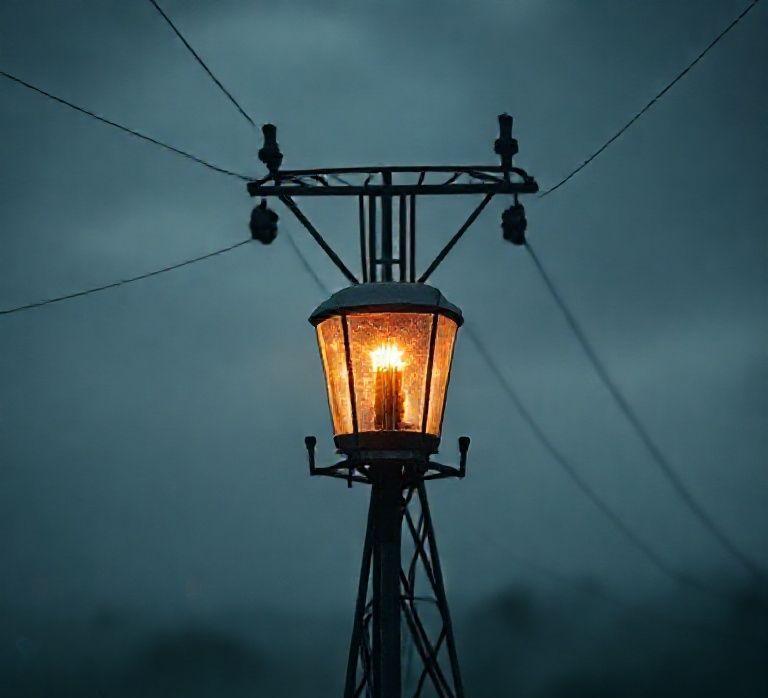The Shocking Truth About Phantom Load: What Your Energy Monitor Reveals About Devices Off but Still Sucking Power
We all diligently switch off our devices when we’re done, right? But what if I told you they’re still costing you money, even when seemingly powered down? Welcome to the world of “phantom load,” also known as standby power, vampire power, or leaking electricity. This article will unveil the shocking truth about phantom load, how to identify it, and how to quantify it using an energy monitor, empowering you to take control of your energy consumption and save money.
Unmasking the Energy Vampires in Your Home
Phantom load refers to the electricity consumed by electronic devices and appliances when they are switched off but still plugged into an electrical outlet. These energy vampires lurk in plain sight, silently drawing power to maintain standby functions, power adapters, or internal clocks. Think of your television, gaming console, phone charger, microwave, coffee maker, and even your washing machine – the list goes on.
The amount of power drawn varies significantly depending on the device’s design and age. Older appliances, in general, tend to be less energy-efficient and have higher standby power consumption. Devices with instant-on features, remote controls, or external power adapters are notorious for their phantom load. While individually, the power draw of each device might seem insignificant, collectively, they can add up to a substantial portion of your monthly electricity bill.
The Energy Monitor: Your Weapon Against Phantom Load
To combat phantom load, you first need to identify the culprits and quantify their power consumption. This is where an energy monitor becomes your indispensable tool. An energy monitor is a device that measures the electrical usage of an appliance or device. There are two main types:
- Plug-in monitors: These are simple to use. You plug the monitor into the outlet, and then plug the appliance into the monitor. The monitor displays the real-time power consumption, voltage, and accumulated energy usage over time.
- Whole-house monitors: These are more complex to install, typically requiring professional installation at your electrical panel. They provide a comprehensive overview of your entire home’s energy consumption, allowing you to track usage patterns and identify energy-hogging appliances, including those contributing to phantom load.
To measure phantom load with a plug-in monitor, simply plug the device you want to test into the monitor and ensure the device is switched off. The monitor will then display the power it is still drawing. Record the wattage over a period (e.g., 24 hours) to get an accurate reading. Multiply the wattage by the number of hours in a day (24) and then by the number of days in a month (approximately 30) to estimate the monthly energy consumption. Finally, multiply this number by your electricity rate (cost per kilowatt-hour) to determine the monthly cost of the phantom load for that device.
Slaying the Vampires: Strategies to Reduce Phantom Load
Now that you’ve identified the energy vampires and quantified their impact, it’s time to take action. Here are some effective strategies to reduce phantom load:
- Unplug devices when not in use: This is the most straightforward solution. While it might seem inconvenient, it’s the most effective way to eliminate phantom load entirely.
- Use power strips: Plug multiple devices into a power strip and switch off the strip when not in use. This allows you to cut off the power supply to several devices simultaneously. Choose power strips with surge protection to protect your electronics from power surges.
- Invest in energy-efficient appliances: When replacing old appliances, look for Energy Star-certified models. These appliances are designed to minimize standby power consumption.
- Disable standby features: Many devices have standby features that can be disabled in the settings menu. While these features offer convenience, they contribute to phantom load. Consider whether you truly need these features and disable them if not.
- Upgrade to smart power strips: Smart power strips can automatically detect when a primary device (e.g., TV) is turned off and cut power to secondary devices (e.g., DVD player, gaming console) plugged into the same strip.
By implementing these strategies, you can significantly reduce your phantom load, lower your electricity bill, and contribute to a more sustainable environment.
Conclusion
Phantom load is a sneaky energy thief that silently drains your wallet and contributes to unnecessary energy consumption. By using an energy monitor, you can unveil these hidden energy vampires and quantify their impact. Simple steps like unplugging devices, using power strips, and investing in energy-efficient appliances can significantly reduce phantom load. Take control of your energy consumption, save money, and make a positive impact on the environment by eliminating these energy vampires from your home.




Pingback: Smart Plugs: Voice Control (Alexa, Google, Siri) – Ecowise House